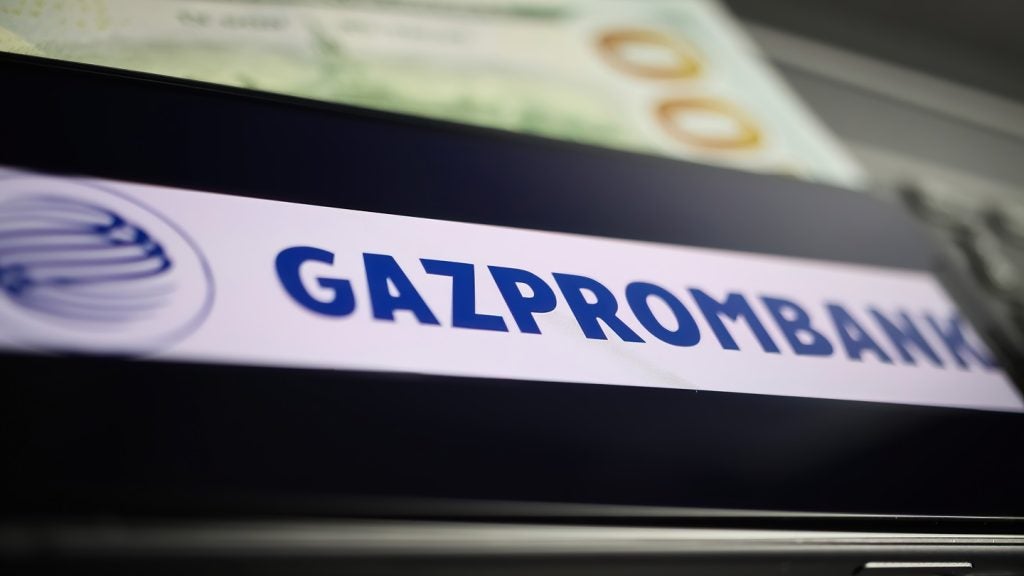percent, 110 percent and 92 percent in 2007 from Bank of
Communications (BoCom), Industrial and Commercial Bank of China
(ICBC) and Bank of China (BOC), respectively, have again
highlighted the striking banking opportunities in China.
The country’s largest, third-largest and fifth-largest banking
groups by assets reported very robust annual figures overall:
ICBC’s profit after tax was CNY82.3 billion ($11.74 billion), up
64.9 percent; BOC’s was CNY56.29 billion, up 31.33 percent; and
BoCom’s was CNY20.3 billion, up 65 percent. Other major Chinese
banking groups, namely China Construction Bank and Agricultural
Bank of China, have yet to report.
ICBC reported substantial growth in a number of consumer banking
areas including wealth management, e-banking and cards. Income from
wealth management was up 381 percent, for instance, and 41 percent
for cards; the value of personal loans increased by 30.6 percent to
CNY752.1 billion. And the total number of ICBC bank cards in issue
hit 210 million – including 23 million credit cards – a 100 percent
increase on 2006. The group remains the largest credit card player
in terms of total and average card transaction values.
The bank’s cost-income ratio declined by 1.7 percentage points from
2006 to 34.7 percent in 2007, a very low level compared with
foreign peers. It also strengthened its risk management
capabilities, resulting in a substantial improvement in asset
quality – 2007 was the fifth consecutive year that the bank
achieved declines in both non-performing loans (NPLs) and its NPL
ratio. The NPL ratio declined by 1.05 percentage points to 2.74
percent.
Wealth management was also a big revenue earner for BOC. It refined
its three-tier wealth management service system – personal banking,
wealth management and private banking – and finished 2007 with a
total of 366 wealth management centres and more than 1,000 wealth
management outlets. During the year, the number of wealth
management customers increased by 18.12 percent and the launch of
331 renminbi-denominated and foreign currency wealth products
pushed divisional sales revenue to a record CNY300 billion.
Its cards operation also benefited from rapid growth, spurred by
the launch of new co-branded products as well as an Olympic-themed
series. In 2007, BOC issued 2.34 million new credit cards, which
brought the total number of credit cards and quasi-credit cards up
to over 11 million. Renminbi-denominated card volume increased by
52 percent and advances increased by 84.5 percent, driving up the
bank’s fee income from cards by 26.69 percent.
How well do you really know your competitors?
Access the most comprehensive Company Profiles on the market, powered by GlobalData. Save hours of research. Gain competitive edge.

Thank you!
Your download email will arrive shortly
Not ready to buy yet? Download a free sample
We are confident about the unique quality of our Company Profiles. However, we want you to make the most beneficial decision for your business, so we offer a free sample that you can download by submitting the below form
By GlobalDataThe continued rise of Shanghai-based BoCom, which has around 2,000
branches, is good news for HSBC, which holds 19 percent in the
group. The two are preparing to establish a credit card company and
a pension fund company; in early March, the bank’s chairman, Jian
Chaoliang, told reporters in Beijing that the two were also
discussing the possibility of HSBC raising its stake to 40 percent,
far above current caps on foreign ownership of 19.9 percent. “We
and HSBC are talking to the regulators, seeing if they may adjust
the rules a little. [But] if they don’t change, we’d have no way of
achieving our goal,” Jiang said.







